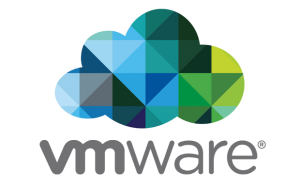VMware VSphere vCenter 6.0 Appliance Installation Adventures
It took a long while longer than expected to get back to doing a serious lab trial. We wiped everything and put evaluation versions of version 6 update 1. Here are some observations.
We installed the host without any surprises. The C# client worked as usual. Then we ran into a few issues. The power supply on the server burst into fire. The RAID controllers battery went and brought everything to a crawl. As you can probably imagine this delayed the test while we fixed and diagnosed everything.
So we started again opting to load the ESXi on an internal USB stick to see what the performance, or lack of, would be. On that note, it was surprisingly good. In hindsight the 128GB stick that we shoved in there was overkill. The next lab redo will most likely use a mor modest 16 or 32GB we have lying around.
First off, you’ll need an internal DNS server. The host loads well enough without it. The vCenter Appliance, however, not so well. Simply make sure the DNS is up and running and that you enter both the forward lookup and reverse lookup manually. For example, if your vcenter is called, well, VCENTER, then enter vcenter.vsphere.local with the IP address and point the static IP back to it as well.
It should be noted that Chrome does not play well at all with the vCenter installer. The installation calls for a browser to open an html contained in the ISO file. In case this isn’t clear, you can no longer simply drop in the appliance on your host as you did with prior versions. No OVA/OVF file is available. So avoid Microsoft Edge and Chrome.
Since this is a lab I didn’t want to connect to everything else. I set up a Ubuntu server to provide temporary services (DHCP, DNS and so forth).
The only other issue we ran into was with the vRealize Operations Manager. It turns out the OVA file we downloaded was corrupt. That resulted in a message stating that “The task was canceled by a user”. Someone suggested to uncompress (extract) the OVA file. We did not end up having to do that in the end, but this is how we found out our OVA file was corrupt in the first place, so that’s something to keep in mind.
Version 5.5 was rock solid, so I understand the reluctance to jump on a new version, especially one with a “0” a the end. As we move and deal with more complex environments such as cloud hosted vms, then the newer versions offer better integration and a better administration.
Verdict:
The once dreaded web client is MUCH faster than the 5.5 version (to our delight).
Connecting to vCloud Air (cloud offering) is easy and relatively seamless.
